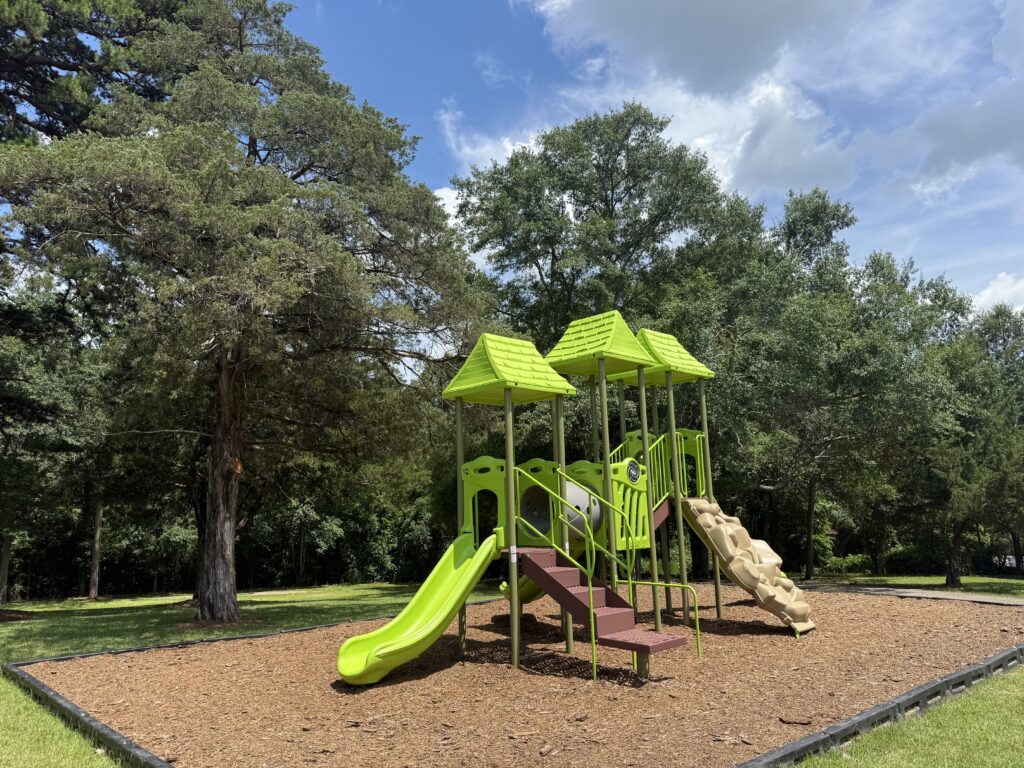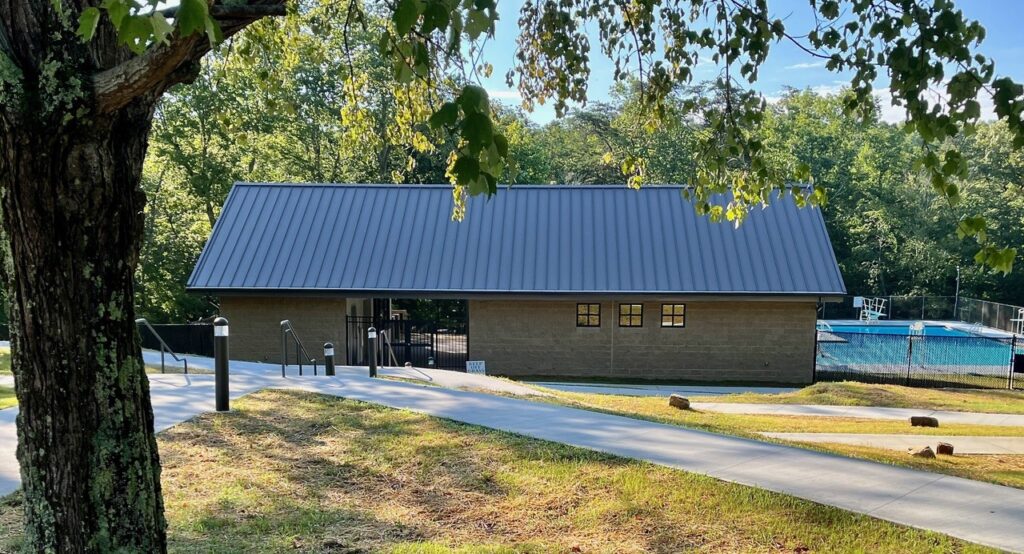State Wildlife officials detect first case of Chronic Wasting Disease in Alabama
Reading time: 5 minutes

A sample recently collected from a hunter harvested, white-tailed deer in west-central Lauderdale County has been confirmed positive for Chronic Wasting Disease (CWD), according to an Alabama Department of Conservation and Natural Resources news release.
This is the first case of CWD detected in Alabama’s deer herd.
In May 2021, Bham Now wrote about CWD in an article titled:
Can we prevent this 100% fatal deer disease from invading Alabama? Here’s how you can help.
What is CWD?
Chronic Wasting Disease is a fatal disease affecting the central nervous system of deer and elk. This disease belongs to a family of diseases known as transmissible spongiform encephalopathies (TSEs). The disease is caused by a prion that attacks the brains of infected deer and elk and causes animals to become emaciated (skinny), display abnormal behavior, lose bodily functions and die. Presntly, CWD has been diagnosed in free-ranging or captive cervids (deer family) in 25 states and three Canadian provinces.
To date there have been no connections between consuming venison from deer taken from CWD positive areas and human illnesses or diseases, Chris Cook, the head of the Alabama Department of Conservation and Natural Resources Deer Program, told Bham Now. However, the CDC does recommend testing deer taken from areas known to have CWD prior to consuming venison. If the deer tests positive for CWD, the CDC recommends not eating the venison.
CWD in Neighboring States
CWD has been on Alabama’s doorstep for years.
The recent discovery of the disease now forces the state Department of Conservation to implement measures to keep people safe.
“CWD was first detected in Tennessee and Mississippi in 2018 and has been moving slowly toward Alabama,” Chris Blankenship, Commissioner of the Alabama Department of Conservation and Natural Resources (ADCNR). “The Department has implemented multiple proactive regulations to combat the spread into Alabama. Compliance from the public on those measures helped delay the spread into the state for several years.”
New Regulations From the CWD Response Plan

Due to CWD detection in Lauderdale County, ADCNR has enacted a new regulation for Lauderdale and Colbert counties, as outlined in Alabama’s CWD Surveillance and Response Plan.
Here are the rules:
- All of Lauderdale and Colbert counties are designated as a CWD Management Zone (CMZ).
- The area west of U.S. Highway 43 in Lauderdale County to the Mississippi and Tennessee state lines and south to the Tennessee River is designated as a High-Risk Zone (HRZ). The remainder of Lauderdale County and all of Colbert County is designated as a Buffer Zone.
- Within the CMZ, there will be no seasonal or daily bag limit restrictions and no antler restrictions for deer (antlered and unantlered) harvested on privately-owned or open-permit public lands in Lauderdale or Colbert counties through the remainder of the 2021-2022 deer season.
- Hunters are required to submit heads for CWD testing from all deer harvested within the HRZ in Lauderdale County at drop-off freezer locations or at scheduled ADCNR mobile sampling stations.
- Hunters who harvest deer within the Buffer Zone are highly encouraged to submit heads for sampling at drop-off freezer locations within the CMZ.
- It is critical that hunters understand the movement of harvested deer will be limited within the management zone. Deer harvested within the HRZ must remain and be disposed of within the HRZ. Deer harvested within the Buffer Zone must remain and be disposed of within the CMZ. Deboned meat, cleaned skull plates and raw hides with no visible brain or spinal cord tissue may be taken outside of these zones. Transporting deer carcasses out of the management zone can potentially spread CWD to currently unaffected areas.
- Hunting license and Game Check requirements remain in effect for all white-tailed deer harvests.
Hunter Assistance Needed
The sample from the CWD-positive deer was submitted as part of the state’s ongoing CWD surveillance and volunteer testing program.
“I would like to thank the hunters for their voluntary assistance in providing samples for CWD testing and we need hunters now more than ever,” said Commissioner Blankenship. “We take the presence of this disease very seriously which is why we developed a plan of action using CWD best practices to deal with the disease if or when it was discovered in Alabama. Our staff is prepared, and the Department will do whatever is prudent and reasonable to protect the state’s deer resources and our hunting culture.”
Chuck Sykes, Director of ADCNR’s Wildlife and Freshwater Fisheries Division added:
“Now that we have detected CWD in Alabama, our primary objective is to determine the prevalence of the disease in the area affected,” said “The new regulation is intended to increase the opportunities for hunters to supply samples for CWD testing. We need hunters to continue to hunt and submit deer heads for testing. These additional samples will help us better determine the extent of the disease in this area.”
To learn more about the new regulation and guidance on best management practices for transportation, disposal and testing of harvest for each zone visit — www.outdooralabama.com/cwd-info.







